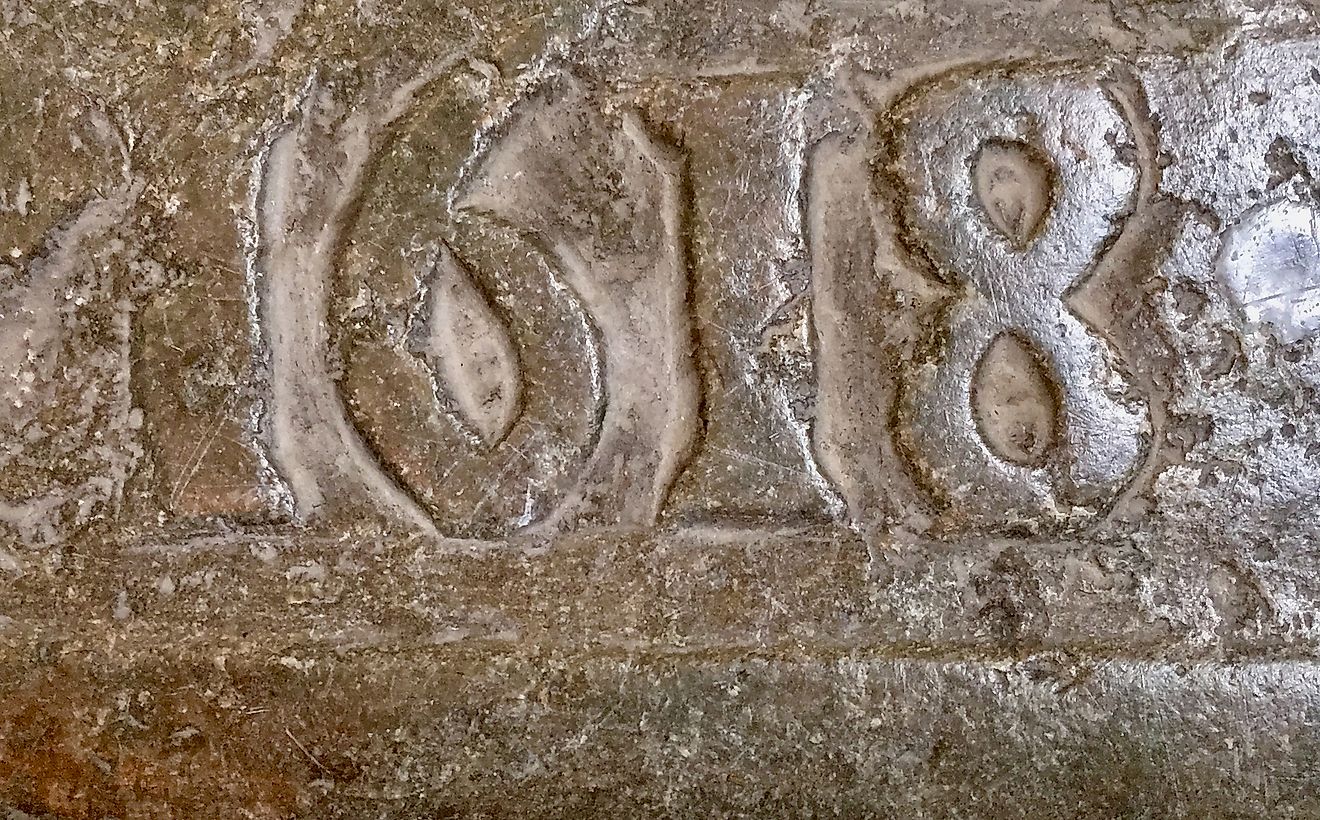The Defenestrations of Prague

Defenestrations of Prague were the events that would serve as one of the triggers for the start of the Thirty Year War (1618 - 1648). In May of 1618, several Czech governors were literally thrown out of the window from a 16-meter height of the Prague town hall.
First Defenestration in 1419
The defenestration of 1618 was not the first one that happened in Prague. Two hundred years before that, in 1419, seven people that were representatives of Prague’s city council were also thrown from the windows, and all of them died. This incident was sparked during the rise of the radical movement of the Hussites. They were lead by Jan Hus, who was a church reformer at the time of the Bohemian Revolution.
The Hussites, under the command of a priest called Jan Želivsky, went out on the streets of Prague to demonstrate and demand that the Hussites being held captive should immediately be released. When they reached the New Town Hall, counselors from the Town Hall threw rocks at them, which completely infuriated the Hussite crowd. They breached into the Town Hall and threw seven people down from the windows on the spears of the armed Hussite gathering down below.
The First Defenestration that happened in Prague came as a consequence of the growing inequality in the Bohemian State. The Catholic Church and the accompanying nobility had no compassion for the poor peasants and their terrible life conditions, and Jan Želivsky used the now emerging feelings of national pride to lead people into action. That mobilization of people and the events that happened in the First Defenestration led to the Hussite Wars (1419 - 1434). The conflict was practically inevitable because the Hussite leader Jan Hus was executed 4 years before that.
Second Defenestration in 1618
Two centuries after the first Defenestration of Prague, another event happened, and the central motifs are quite similar to the ones the Hussites had in 1419. During that time, the tensions between the old Catholic Church and the newly formed Protestant branches were at an all-time high. The Czech Protestants wanted more religious freedoms, and they were all heavily influenced by the revolutionary work of Jan Hus.
The Protestants of Prague referred to the Letter of Majesty that was, in a way, a written guarantee that the Protestants can freely practice their religion. However, the situation at the time was far from liberal. The Catholic Church ordered that no Protestant churches will be built anymore. Under the leadership of Jindrich Matyaš Thurn and Vaclav Budovec, the Protestants held a trial. They found two of the governors guilty for not following the directives found in the Letter of Majesty, which was the guarantor of their religious freedoms.
On May 23, 1618, the governors Vilem Slavata and Jaroslav Bonta were found guilty of disregarding the Right for Freedom of Religion, and they were both thrown from the windows of the Prague City Hall. In this Second Defenestration of Prague, there were no human casualties as both Slavata and Bonta landed on stacks of manure that was dumped below the 16 meter high windows. However, these actions were just a start to the events that would follow. The rebellion against Ferdinand II grew even stronger, and so the Thirty Year War started.











